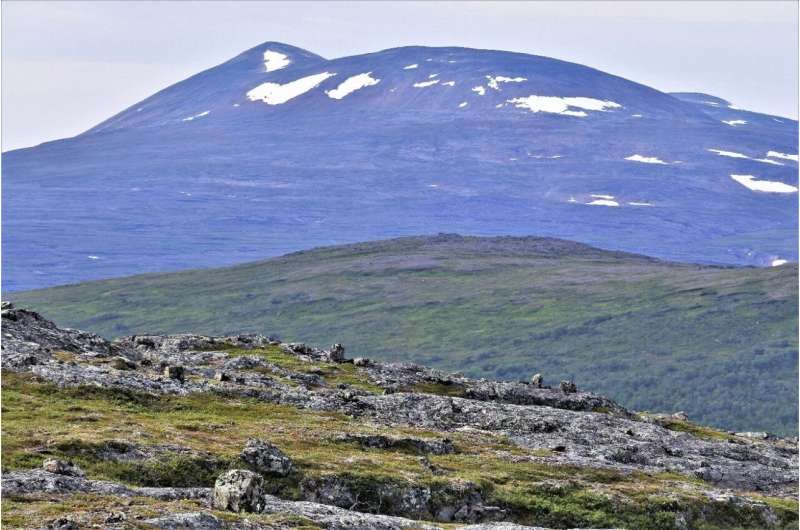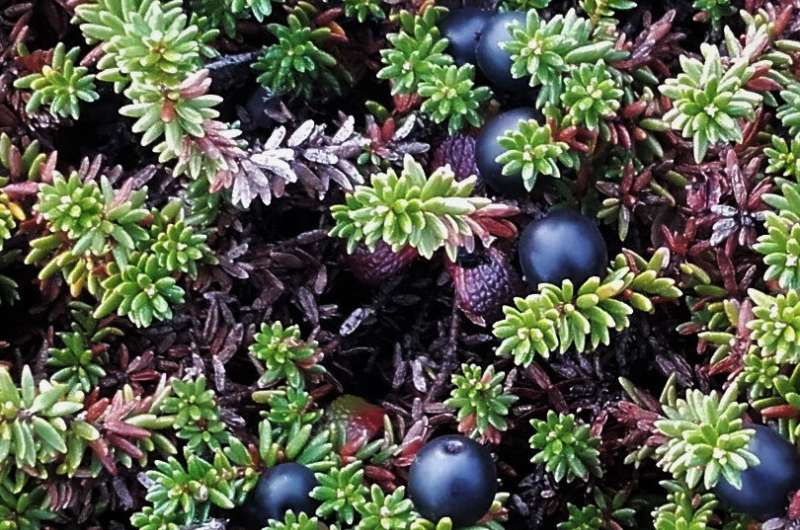Shrubs and soils: A hot topic in the cool tundra

Climate change is rapid in the Arctic. As the climate warms, shrubs expand towards higher latitudes and altitudes. Researcher Julia Kemppinen together with her colleagues investigated the impacts of dwarf shrubs on tundra soils in the sub-Arctic Fennoscandia.
The study revealed that the dominance of dwarf shrubs impacts soil microclimate and carbon stocks. Microclimate describes the moisture and temperature conditions close to ground surface. Shrubs are the largest plant life form in the Arctic, and in comparison, to other arctic plants, shrubs use more water and cast more shade.
"The results indicate that the dominance of dwarf shrubs decreases soil moisture, soil temperatures and soil organic carbon stocks," says Kemppinen.
Due to climate change, the dominance of dwarf shrubs has increased in the Fennoscandian tundra, especially the evergreen crowberry (Empetrum nigrum). While in other parts of the Arctic, larger deciduous shrubs have increased. This expansion is called shrubification.
The carbon cycle links shrubification back to global climate change. When the dominance of shrubs increases, less carbon is stored in the soils compared to other plant communities. The soil carbon stocks are important, because they store carbon that would otherwise be released to the atmosphere.

"Arctic soils store about half of the global belowground organic carbon pool. If the carbon stocks decrease as the conditions in the Arctic are changing, this may feedback to global climate wawrming. Therefore, everyone should know what is going on in the Arctic," says researcher Anna-Maria Virkkala.
Investigating the connections between shrubs and soils requires a lot of data. The researchers collected large field datasets for this study. In addition, the researchers used openly available data produced by the Finnish Meteorological Institute and the National Land Survey of Finland.
"Although our research group the BioGeoClimate Modelling Lab collected a lot of data in the field, we couldn't have done this study without high-quality, open data," says professor Miska Luoto from the University of Helsinki.
More information: Julia Kemppinen et al, Dwarf Shrubs Impact Tundra Soils: Drier, Colder, and Less Organic Carbon, Ecosystems (2021). DOI: 10.1007/s10021-020-00589-2
Journal information: Ecosystems
Provided by University of Helsinki

















